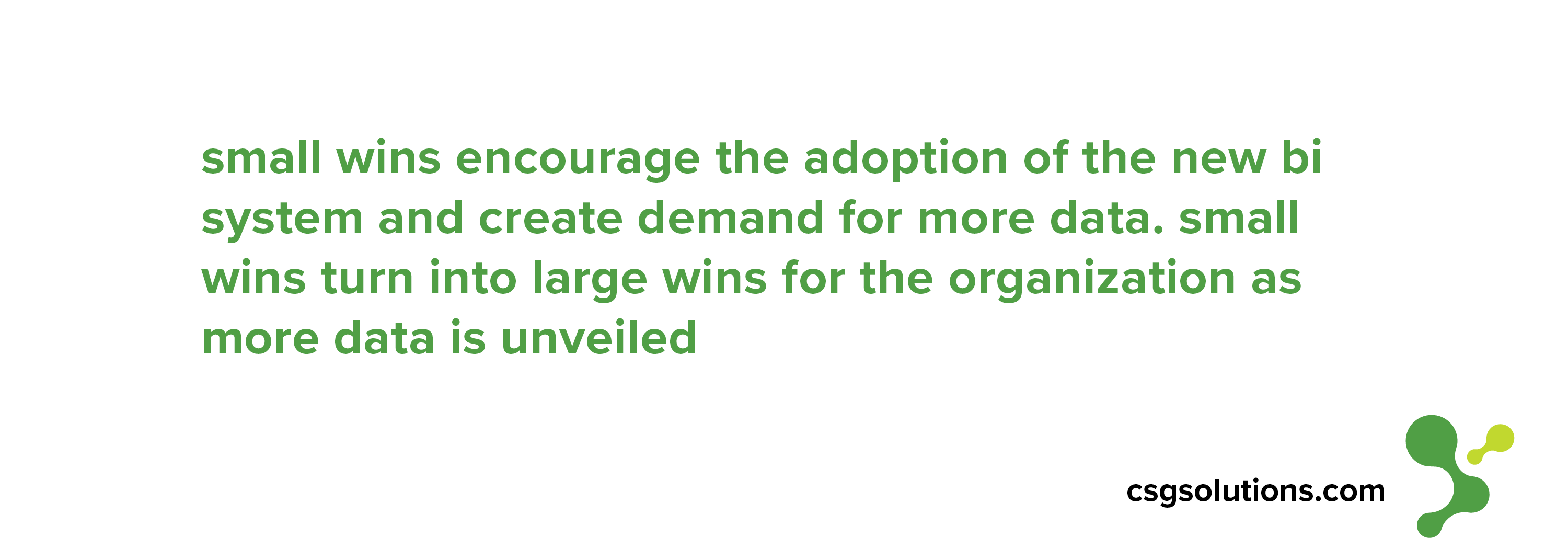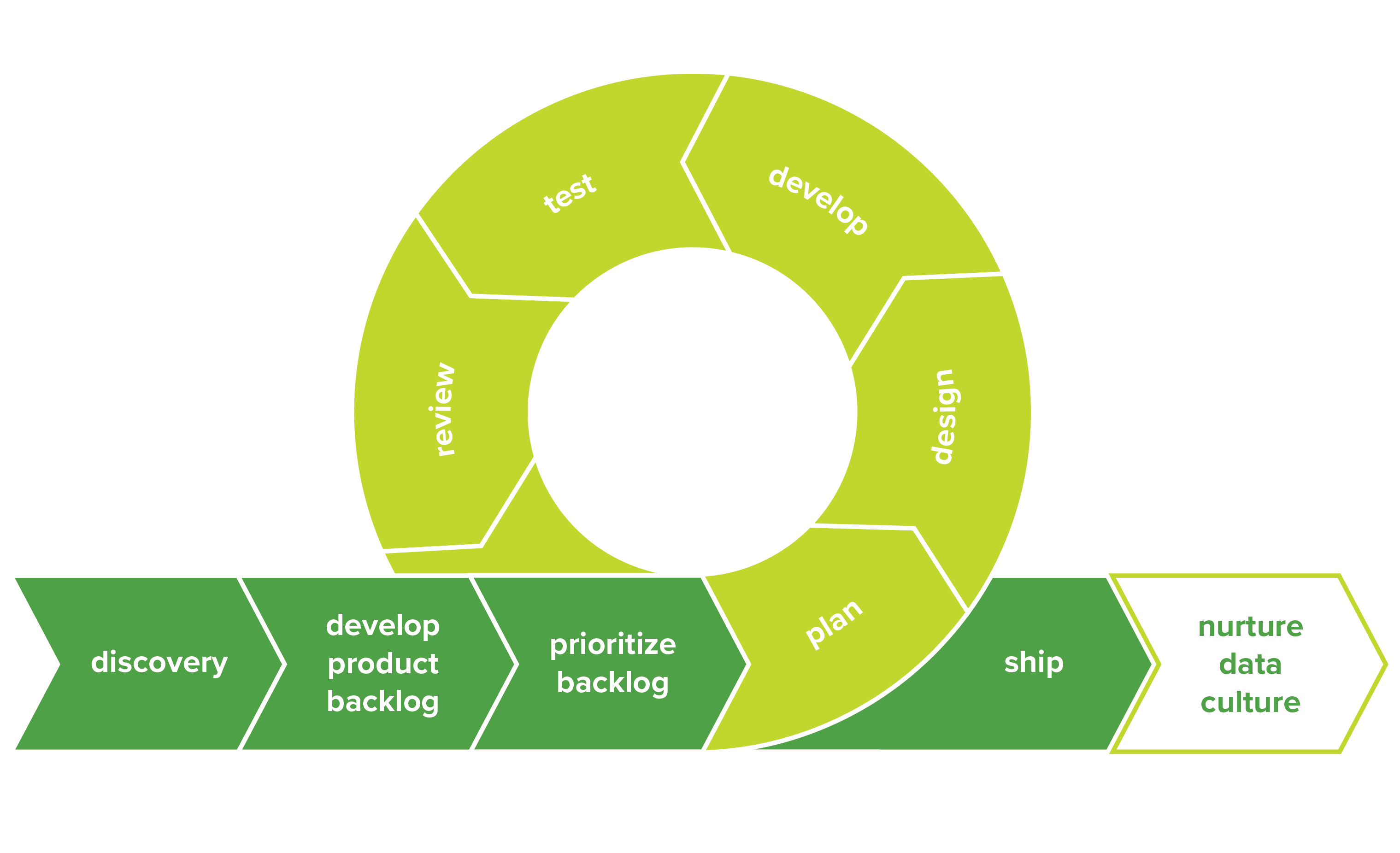Deploying a Business Intelligence Solution
Every business has its own set of idiosyncrasies, and the most complete BI solution takes all of these unique characteristics into account, working with them rather than despite them. While off-the-shelf business intelligence (BI) solutions are certainly available, the best business intelligence results will come from custom solutions.
Many BI solutions make use of data warehousing or data lakes, which store raw and transformed data from multiple sources (your business’s marketing, accounting and sales departments, for example) in one place.
A quality BI engineer uses the capabilities of a data warehouse or data lake to build a solution that is rolled out in phases. Perhaps you’d like to start with one set of data, such as financial, and deploy your custom solution on that section first. You can get analytics and self-service dashboards for your business personnel up and running, and begin to build out the next section - let’s say supply chain data - as you and your team is beginning to use and gain insights from the first.
This segmented roll-out allows a company to concentrate on bite-sized chunks of data, rather than being overwhelmed by access to everything at once. This helps employees get their heads around the new BI system. This process is more manageable, offering focused initial insights. Small wins encourage the adoption of the new BI system and create demand for more data. Small wins turn into large wins for the organization as more data is unveiled.

The agile approach
An effective approach to producing a BI solution for your business begins with defining your objectives and then an iterative process to plan and deploy the solution in phases. At CSG, we use the agile approach because it offers the greatest flexibility and ability to cut away any unnecessary development expense through testing and prioritizing features.

Discovery
The BI consultant first works with the business to discover, define, and prioritize the objectives of the solution with an emphasis on identifying the business's greatest needs and hindrances. The objectives defined here lead to a series of iterations, allowing the BI solution to scale across the organization.
Develop Product Backlog
The BI consultant identifies the components and tasks involved in creating the new solution.
Prioritize Backlog
The BI consultant prioritizes the order of the iterations of the project, according to the business's greatest need and to which pieces of the solution are able to function first.
First Iteration
The BI consultant plans, designs, and develops the first iteration, then sends it off to the business for testing and feedback.
Ship
Once necessary changes have been made to the first iteration and the business is satisfied, the iteration is deployed to business personnel. The BI consultant begins work on the next iteration.
Nurture Data Culture
The BI consultant and the business adequately equip employees to use the new solution to its full potential, providing hands-on training. Ongoing training is scheduled to enhance adoption and analytics skillsets, and the company continues to intentionally build a data-focused company culture.
Download our comprehensive eBook on business intelligence to learn
- What business intelligence is
- The benefits of investing in BI
- How to get BI working for your business
- Measuring ROI on a BI solution
- How to optimize your investment in BI by building a data culture
- and the top 8 changes that will shape the future of BI
Maximize your business intelligence investment.
Discover what business intelligence can do for your business.




